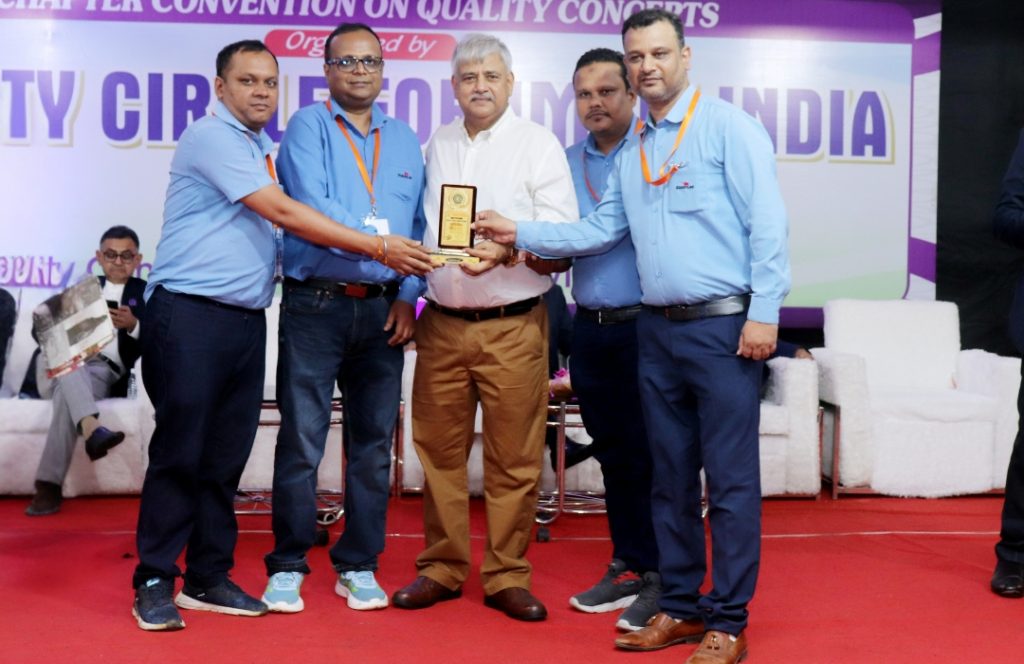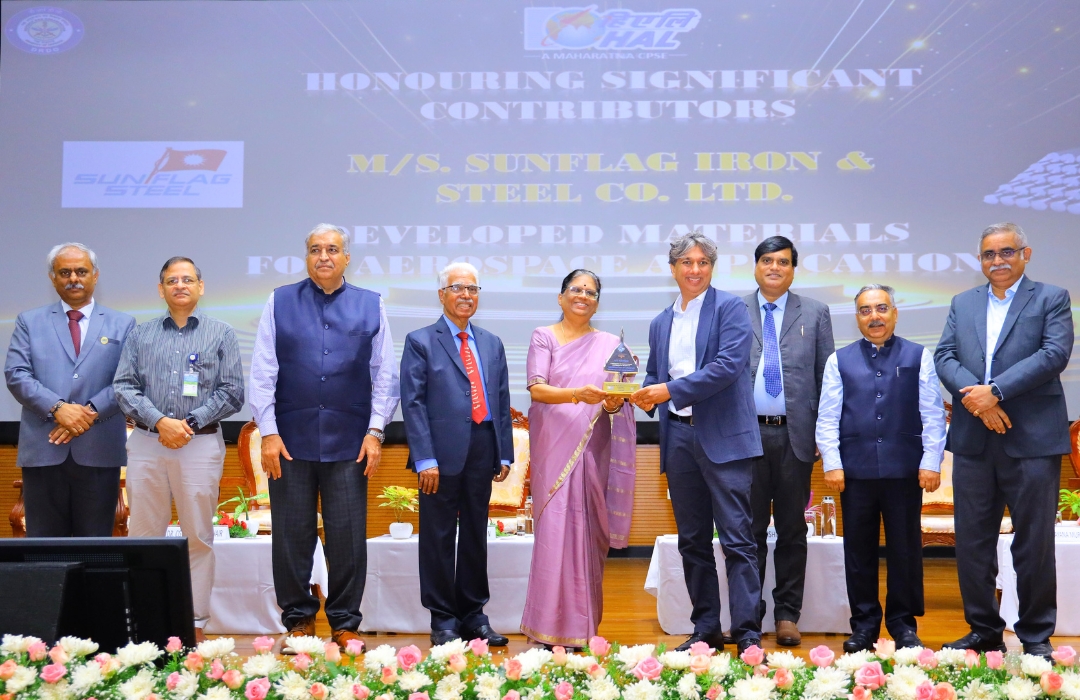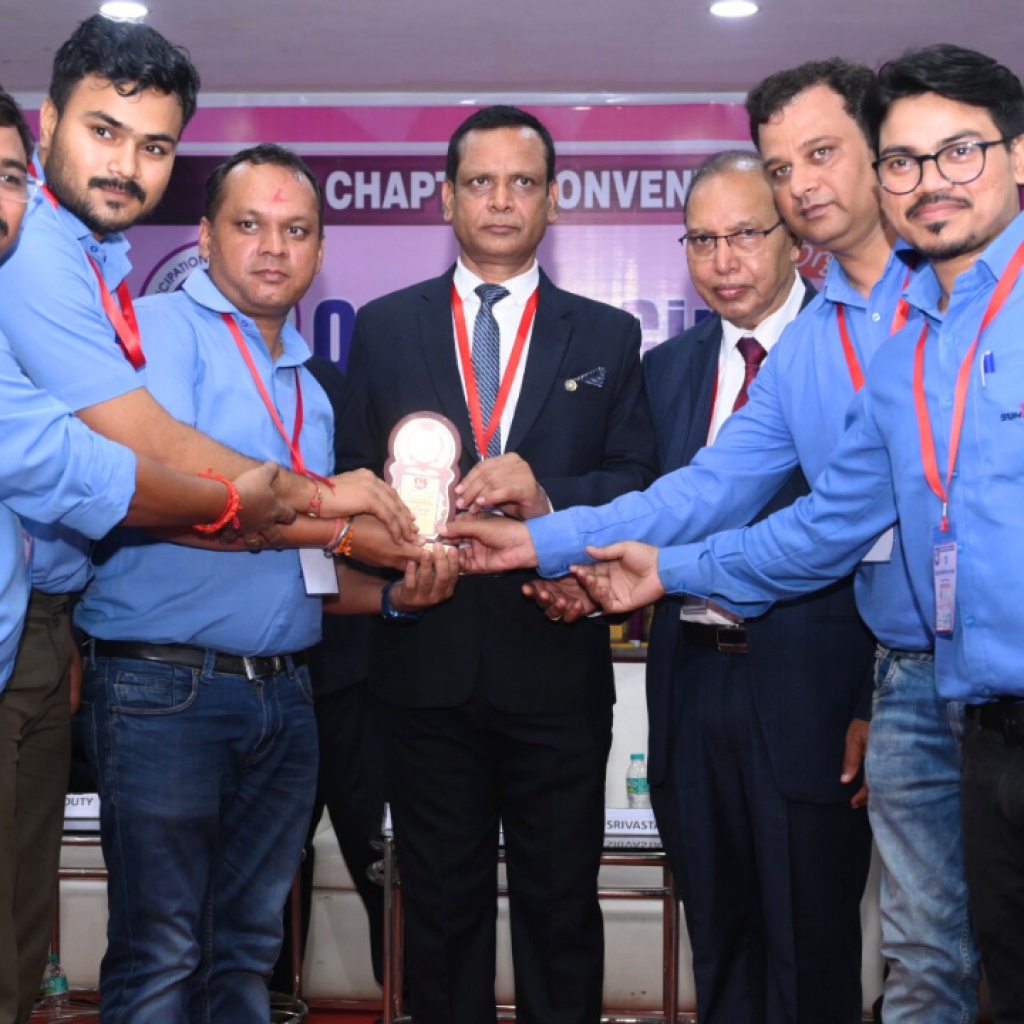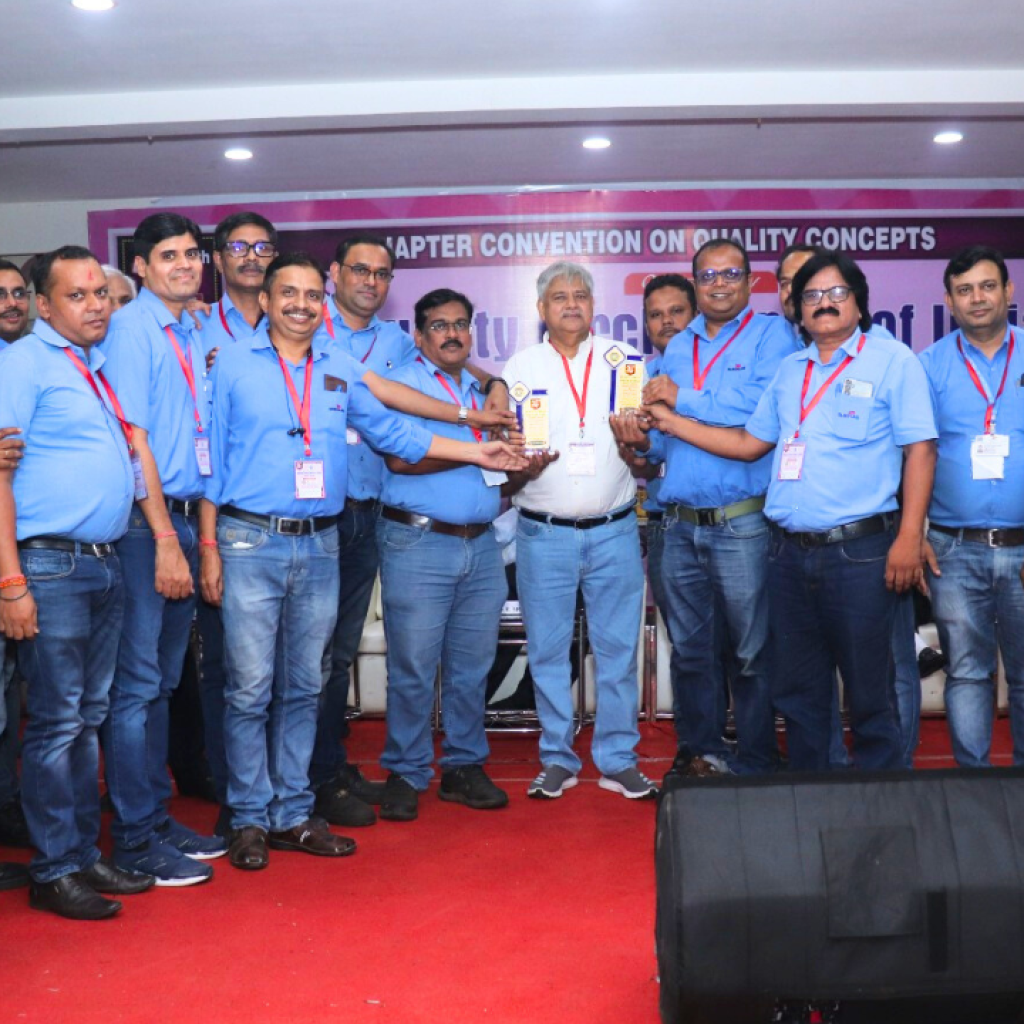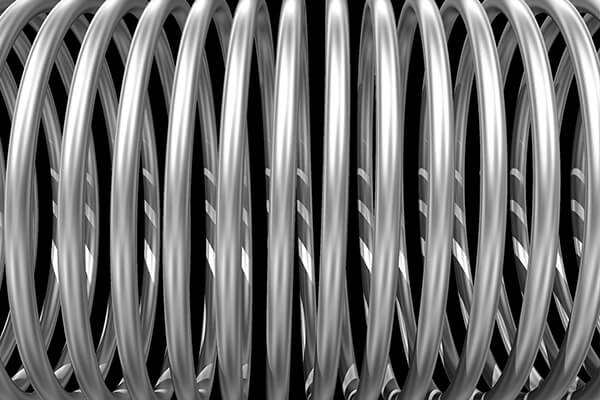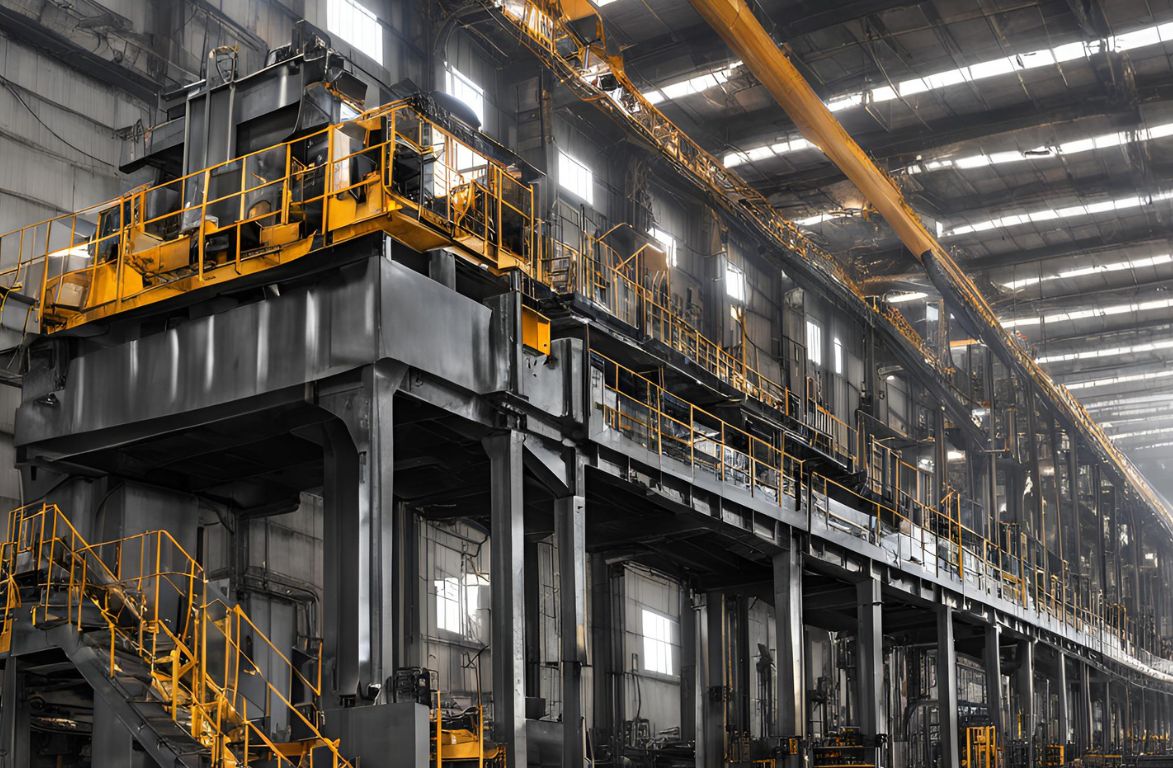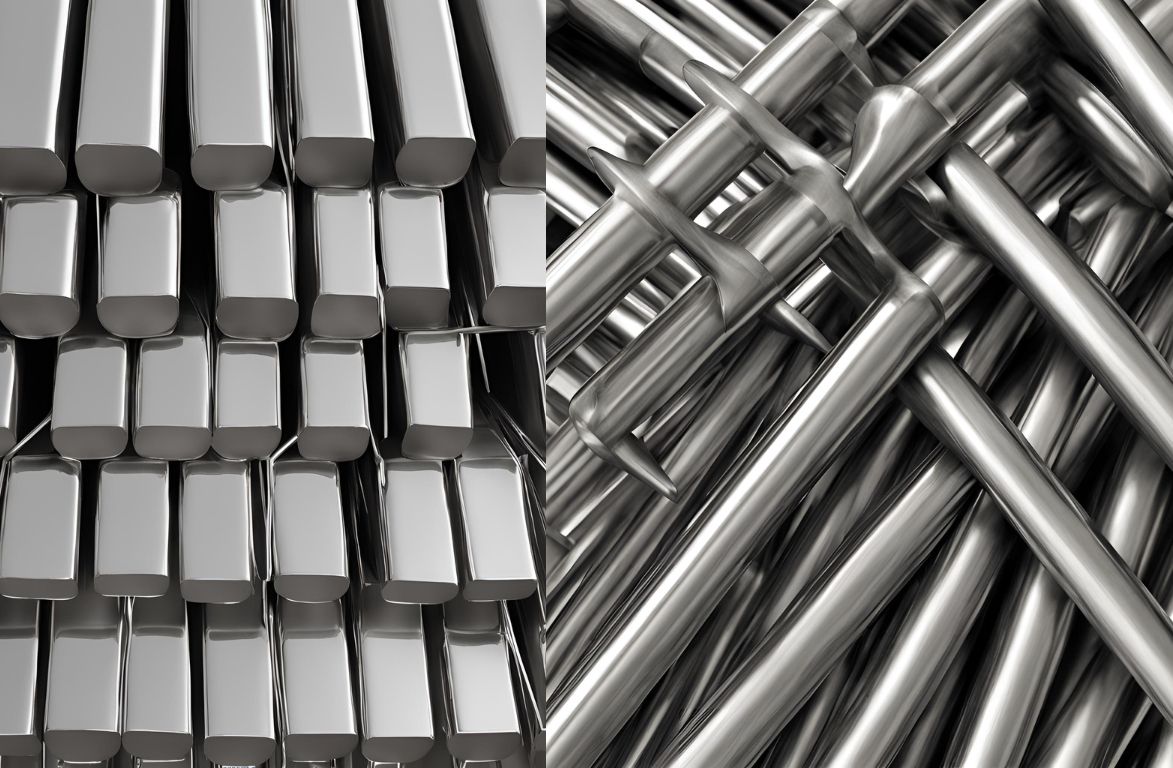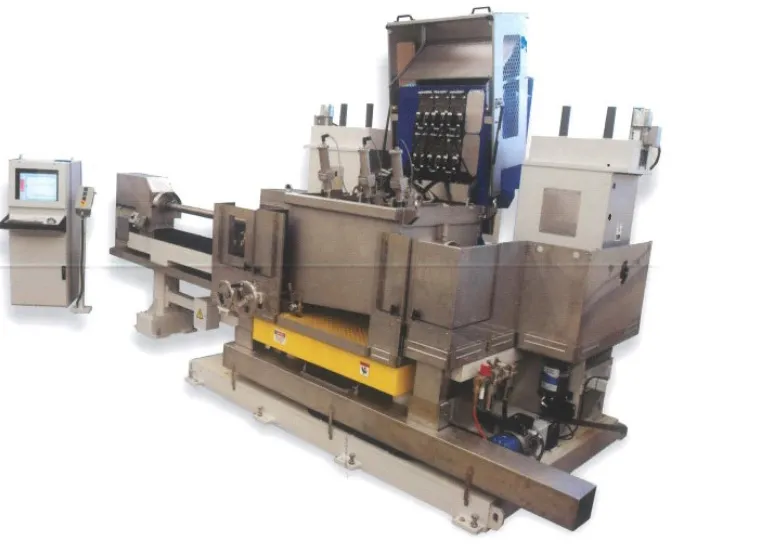If you have ever happened upon a construction site, chances are that you have come across stainless steel reinforcing bars without even realizing it. With their unique grooves, stainless finish, and incredible versatility – they are difficult to miss in this day and age of concrete jungles. But what exactly are they, and what function do they serve? Let’s find out.
WHAT ARE STAINLESS STEEL REINFORCING BARS?
Reinforcing bars – or “rebars”, as they are more commonly referred to – are steel bars that are used to reinforce a structure. These structures are usually of concrete, and require additional structural integrity in times of tension, by way of using steel. The rebar might either just be one bar of steel, or a bundle of steel wires. In addition, the bars aren’t smooth, they have grooves, gashes, and deformations to create a surface with friction that the concrete can latch onto and tightly bind with.The reason that concrete requires these rebars is because it does not have a lot of tensile strength of its own. As a result, even if it holds its integrity under compression, it cannot under tension. In that case, rebars help.
A stainless steel rebar, as the name suggests, are rebars made of stainless steel instead of carbon steel. Compared to carbon steel, stainless steel reinforcing bars do not corrode as easily. This leads to longevity and less risk of the structure being damaged.
HOW ARE STAINLESS STEEL REINFORCING BARS USED?
Stainless steel reinforcing bars are not a homogenous category. There are different types of stainless steel bars depending on their microstructure, and they perform different functions. For instance, stainless steel rebars with higher level of chromium make it easier for the bar to not corrode (by forming an oxide film). On the other hand, stainless steel rebars with higher amount of nickel prove to be more ductile and easier to form. Similarly, elements like molybdenum and nitrogen also improve anti-corrosive properties.
Depending on the composition, stainless steel rebars are divided into different categories, and even within those categories they are divided into different grades. In general, however, stainless steel rebars are best used in places where the chance of easy replacement is low and/or corrosive tendencies are much higher.
1. STRUCTURES CLOSE TO WATER
Given the anti-corrosive properties of stainless steel rebars, naturally one of the most common uses for them are in structures close to water (especially saline water). It also holds true for hot and humid climates, where chances of steel corroding are very high. This includes, but is not limited to, sea walls, bridges, piers and docks, anchors for things like lamp-posts, railings, electricity and signal towers, etc. Stainless steel rebars are also used for water plants, or factory structures that involve tanks.
2. STRUCTURES REQUIRING HIGH DUCTILE STRENGTH
Given the high ductility of stainless steel rebars while surviving tension, they are very popular for structures that get put through a lot. For example, they are used quite frequently for flyovers, parking garages, overpasses, airport structures, high-rise buildings. They are also crucial for structures built in high earthquake prone zones, in order to help the structure, survive in tremors.
3. UNFAMILIAR/UNKNOWN ENVIRONMENTS
Stainless steel rebars are a very reliable choice for environments that are unfamiliar or unknown. This holds true for places where either inspection is not possible, or repairs are impossible and/or extremely expensive. In that case, it is safer to go with a stainless steel rebar which can promise longevity.
4. PLACES REQUIRING LOW MAGNETIC PERMEABILITY
Another quality of stainless steel rebars is that they have low magnetic permeability. Unlike carbon steel rebars, which form their own magnetic field when subject to a field, stainless steel rebars form less fields. This makes them ideal for buildings that need less exposure to magnetic fields caused by iron. For example, hospitals (with MRI machines), toll booths (with tag systems), chemical plants, labs, nuclear plants, etc. all have steel.
Stainless steel rebars are helpful for the long life of any product of masonry. Bars from companies like Sunflag Steels are good because not only do they improve your construction process and outcome, but they are also reliable in their production.
